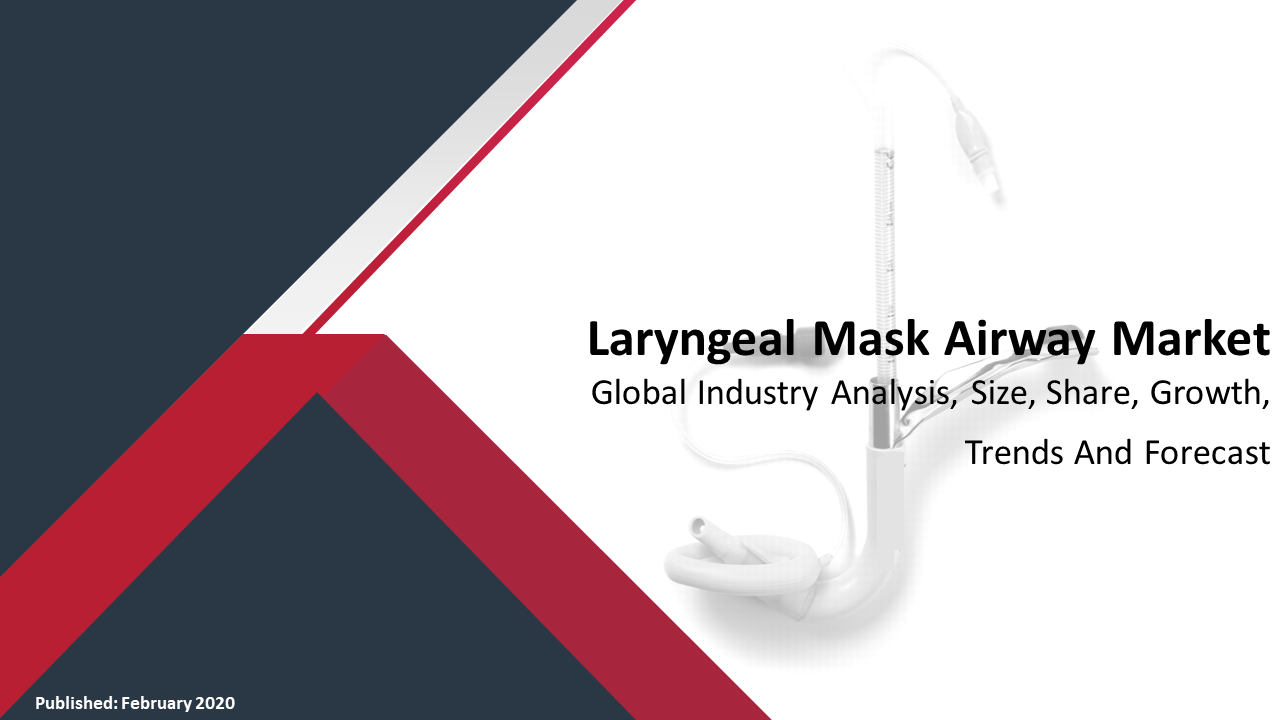Skin Adhesives Market Outlook 2031:
The global skin adhesive market size was valued at USD 1.44 Billion in 2022 and is expected to reach USD 3 Billion by 2031 projected to expand at a CAGR of 8.5% during the forecast period, 2023 – 2031. The growth of the market is attributed to the usage of skin adhesive in various end-users such as surgical, outdoor medical, and others.

Skin adhesive is widely used to protect wounds and provide a safety dressing to the skin to improve the healing level of wounds. Using the glue helps to remove pain and avoid skin damage during the treatment of wounds. With the technological advancement, the introduction of skin-friendly adhesive helps accelerate the skin improvement after surgery.
Skin Adhesives Market Drivers, Restraints, Trends, and Opportunities
- Growing number of road accidents cases is expected to drive the skin adhesive market growth.
- Increasing number of surgical procedure and technological innovation in skin adhesive products are likely to accelerate the market growth.
- Rising concern over skin related issues is projected to boost further the growth of the adhesive skin market during the forecast period.
- Wide demand for outdoor medical application is predicted to drive the skin adhesive market growth.
- Adverse global impacts of the coronavirus disease is a key challenge anticipated to hinder the skin adhesive market growth.
- Wide medical research on skin-related diseases and its treatment especially in developed countries is offering immense opportunities for the market expansion during the projected period.
Scope of Skin Adhesives Market Report
The report on the global skin adhesive market includes an assessment of the market, trends, segments, and regional markets. Overview and dynamics have also been included in the report.
|
Attributes
|
Details
|
|
Report Title
|
Skin Adhesives Market - Global Industry Analysis, Growth, Share, Size, Trends, and Forecast
|
|
Base Year
|
2022
|
|
Historic Data
|
2016–2021
|
|
Forecast Period
|
2023–2031
|
|
Segmentation
|
Types (2-Octyl Cyanoacrylate Adhesive, N-2-Butyl-Cyanoacrylate Adhesive, and 2-Ethyl-Cyanoacrylate), End-users (Surgical, Outdoor Medical, and Others)
|
|
Regional Scope
|
Asia Pacific, North America, Latin America, Europe, and Middle East & Africa
|
|
Report Coverage
|
Company Share, Market Analysis and Size, Competitive Landscape, Growth Factors, and Trends, and Revenue Forecast
|
|
Key Players Covered in the Report
|
Advanced Medical Solution, Medicine, Chemence Medical, Adhesion Biomedical, Componat Medical Devices, Glustitch, Meyer-Haake, and Centell Chemicals
|
Global Skin Adhesive Market Segment Insights
In terms of types, the skin adhesive market is divided into 2-octyl cyanoacrylate adhesive, n-2-butyl-cyanoacrylate adhesive, and 2-ethyl-cyanoacrylate adhesive. The 2-octyl cyanoacrylate segment is expected to account for a key share during the forecast period as it is one of popularly adopted adhesive due to its wide commercially availability.
2-octyl cyanoacrylate is considered to be highly effective in the treatment of wound infection due to its key properties such as high viscosity form. However, the 2-ethyl cyanoacrylate segment is estimated to hold a substantial share of the market during the analysis period owing to rising demand for the adhesive type for the skin wound treatment applications.

Based on applications, the global skin adhesive market share is segmented into surgical, outdoor medical, and others. The surgical segment is anticipated to account for a major share during the forecast period owing to rising preference for surgeries among various patients. Rapid growth in heart surgery is one of the major factors for the segment growth. However, the outdoor medical segment is projected to constitute a substantial share of the market during the forecast period.

In terms of regions, the skin adhesive market is broadly classified as Asia Pacific, North America, Latin America, Europe, and Middle East & Africa. North America held a dominant market share in 2019 and is projected to represent a large market share in the coming years. The growth of the region can be attributed to the presence of large number of aging population and existing wide adoption of advanced adhesive skin care products across clinics and hospitals in the region.
On the other hand, the market in Asia pacific is expected to grow significantly during the forecast period owing to rising awareness of skin diseases and its treatment among patients. Moreover, the gradual increase of governments’ spending for the development of healthcare products in the region is another key factor driving the regional market growth.

Segments
The global skin adhesive market has been segmented on the basis of
Types
- 2-Octyl Cyanoacrylate Adhesive
- N-2-Butyl-Cyanoacrylate Adhesive
- 2-Ethyl-Cyanoacrylate Adhesive
Applications
- Surgical
- Outdoor Medical
- Others
Regions
- Asia Pacific
- North America
- Latin America
- Europe
- Middle East & Africa
Key Players
Competitive Landscape
Major players competing in the skin adhesive market include Advanced Medical Solution, Medicine, Chemence Medical, Adhesion Biomedical, Componat Medical Devices, Glustitch, Meyer-Haake, and Centell Chemicals.
Some of these companies are engaged in research and development activities to find new and advanced techniques to develop modified skin adhesive. Apart from that, many of these manufacturers are adopting various market strategies including merger, acquisition, partnership, collaboration, product launch, and capacity expansion to enhance their market position amid the intense global competition.



























